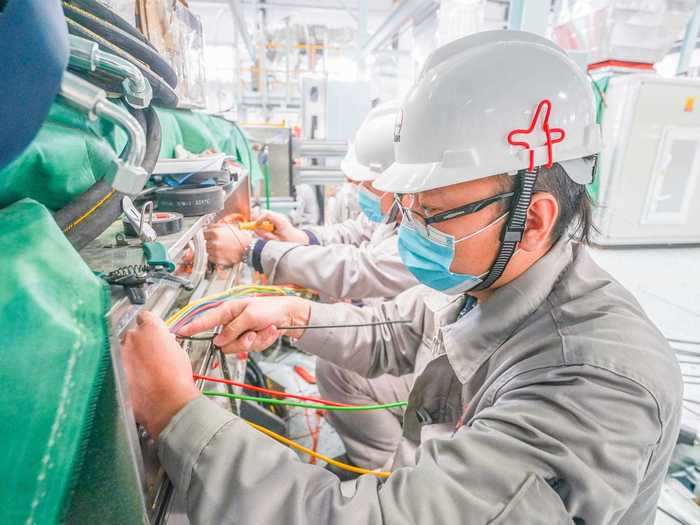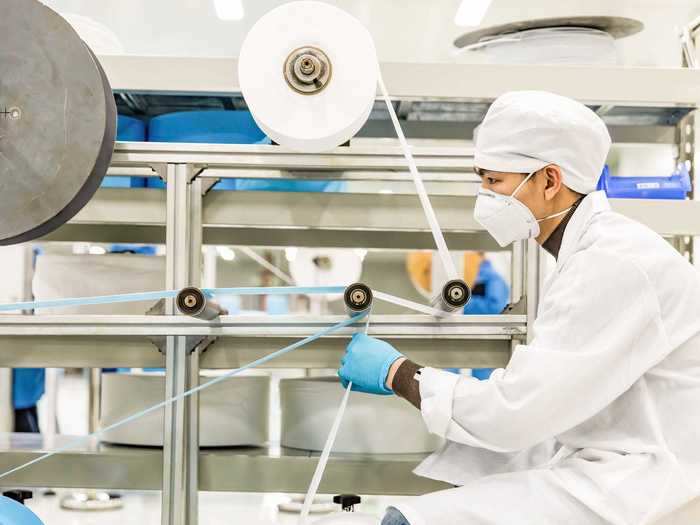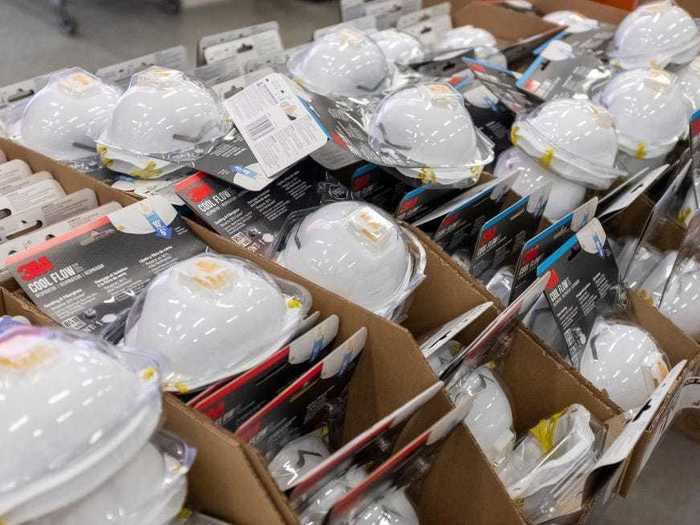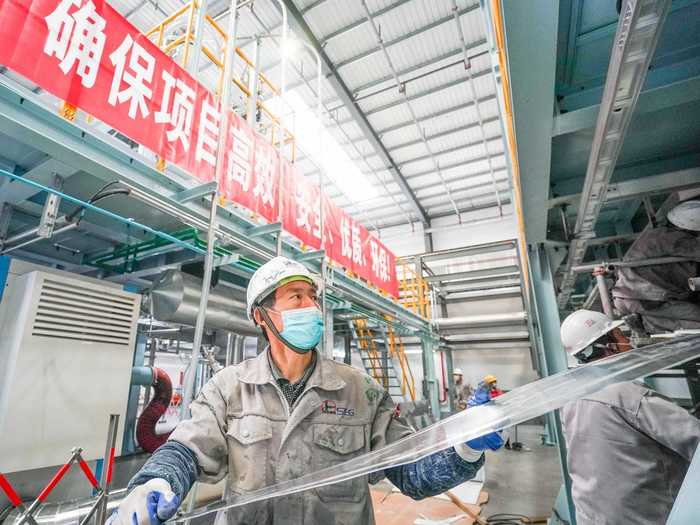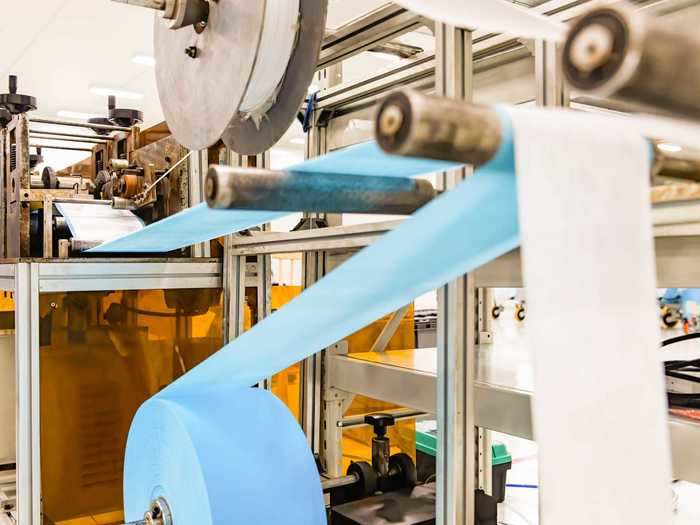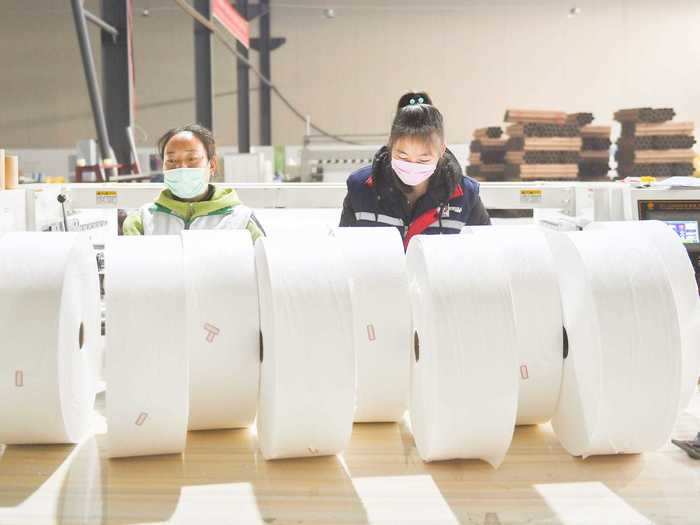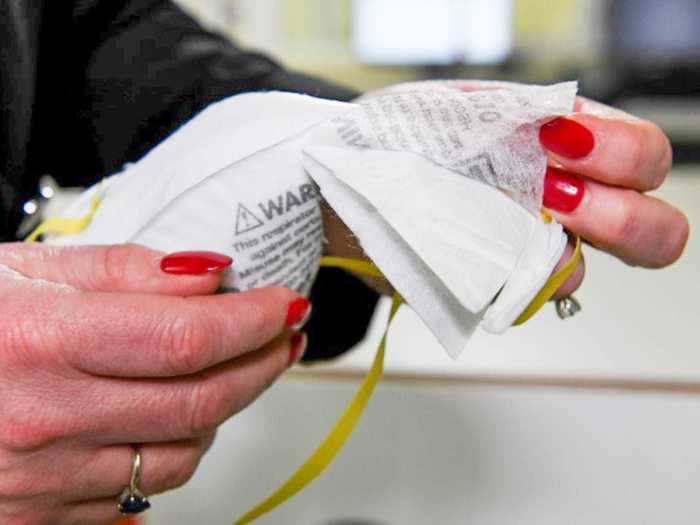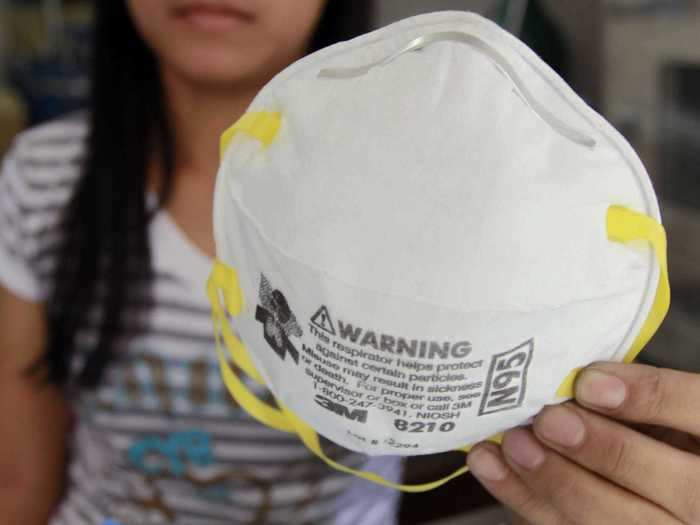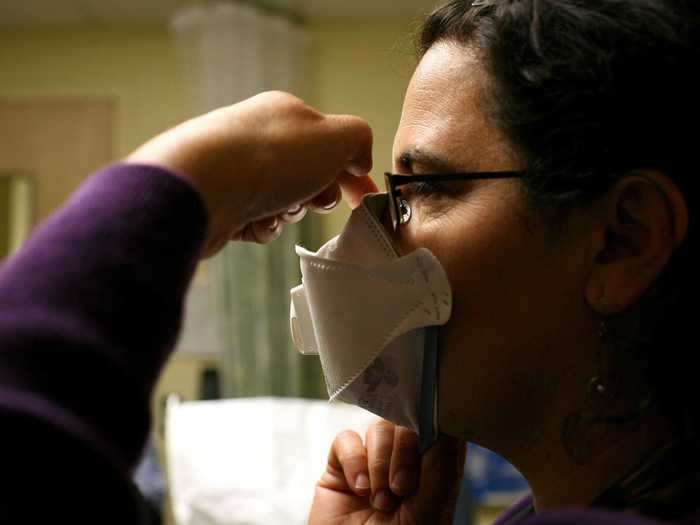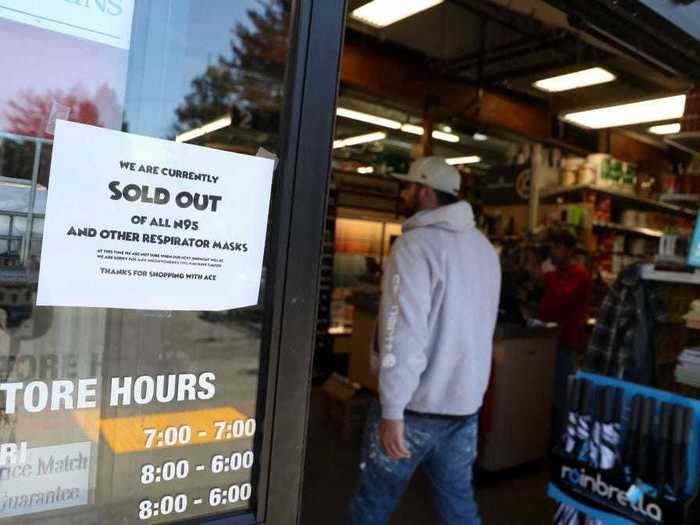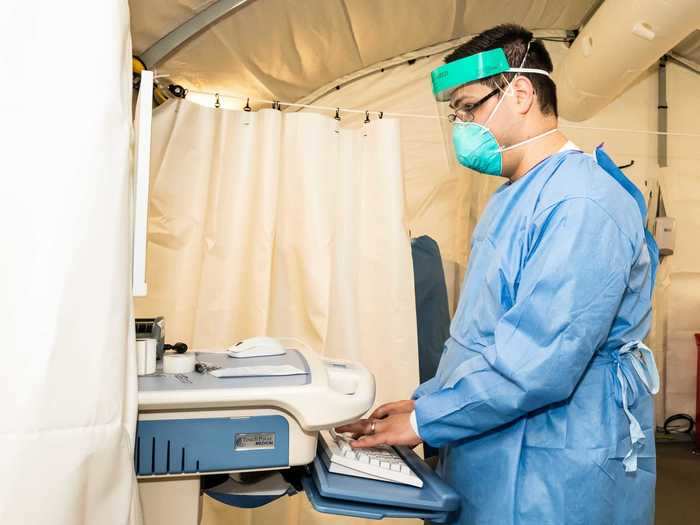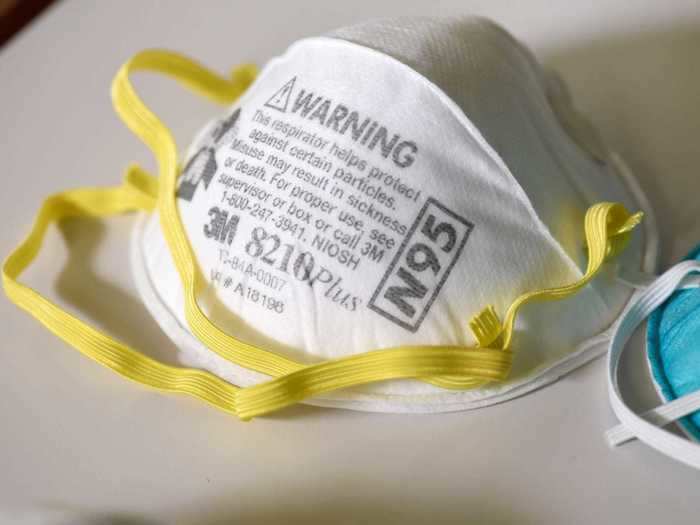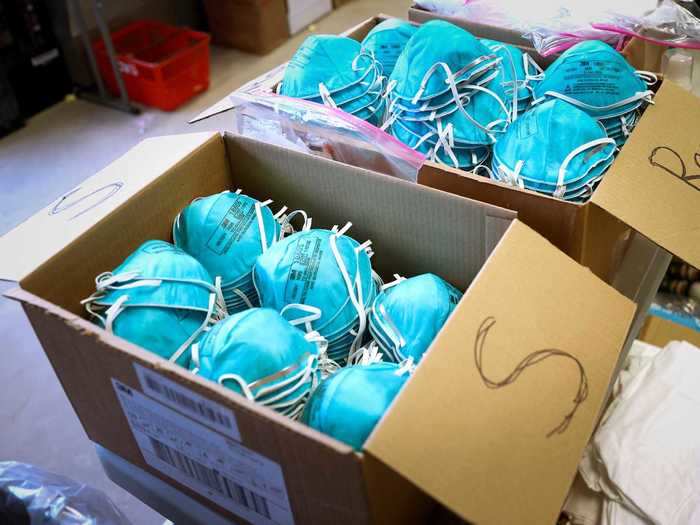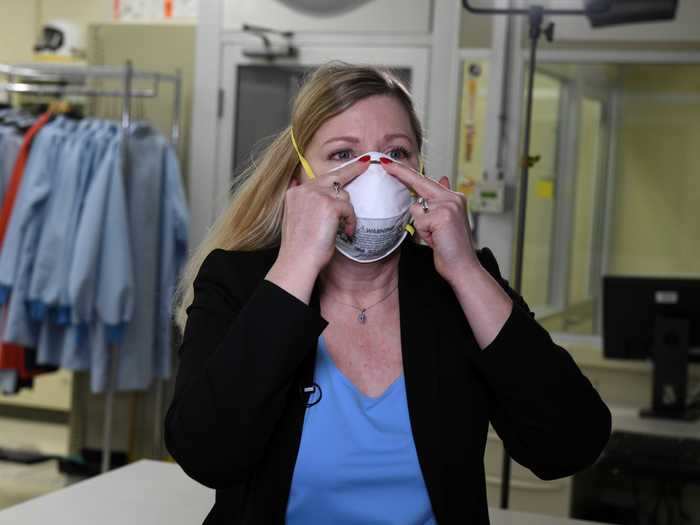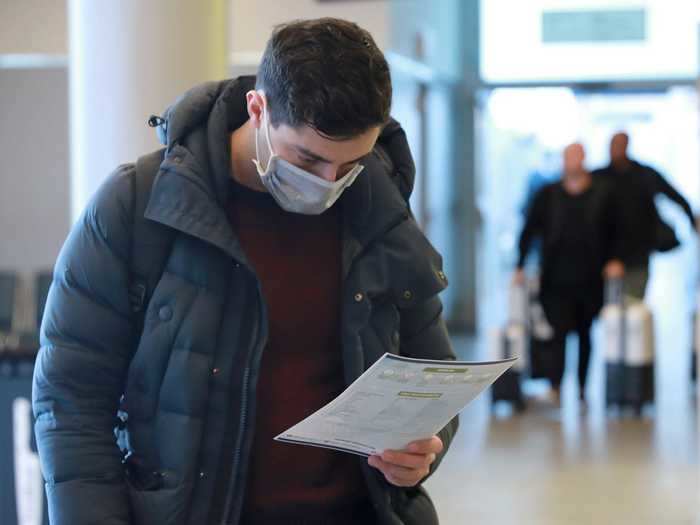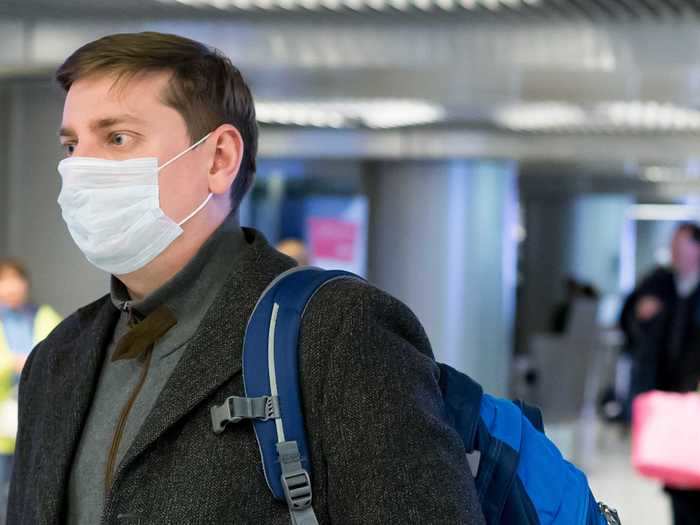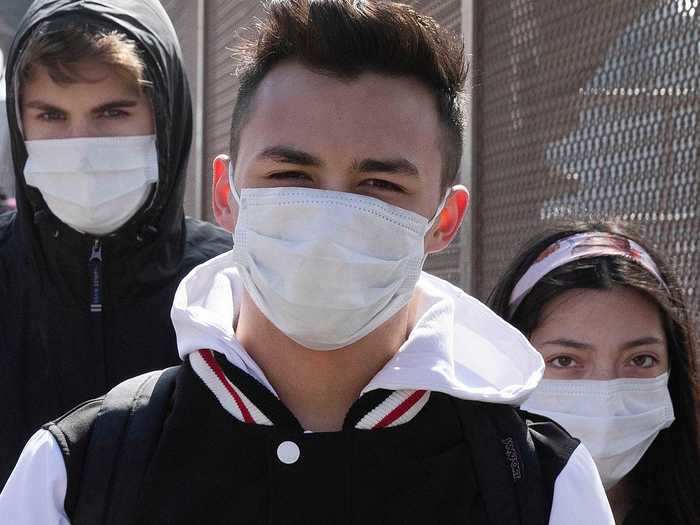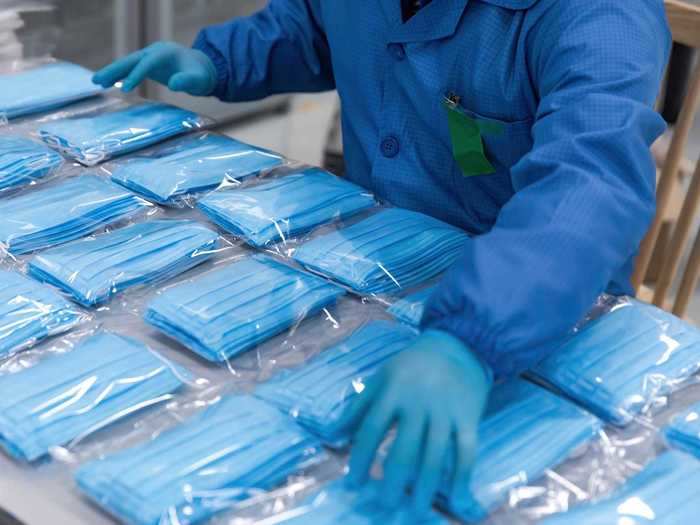Factories are struggling to keep up with demand during the coronavirus pandemic — here's why.Romeo Ranoco/Reuters
- Factories have been scrambling to make 20 times more surgical masks and N95 respirators since the beginning of February to address the global face mask shortage amid the coronavirus pandemic, the National Development and Reform Commission in China told NPR.
- N95 respirators are used by healthcare workers to wear while handling sick patients to avoid getting sick themselves.
- Surgical masks are better for sick people to wear to avoid getting other people sick.
- Both types of masks require a material called melt-blown fabric that can only be made with a machine that takes half a year to make and costs more than $4 million.
- Visit Business Insider's homepage for more stories.
Read the original article on
Business Insider
Leo Liu, a sales director at Haigong Machinery, a Chinese company that assembles machine parts for melt-blown lines, told NPR the machines take six months to make and another month to assemble.
While Chinese firms make almost three million tons of nonwoven fabric each year, less than 1% of it is melt-blown fabric, according to the China Nonwoven and Industrial Textiles Association.
Before the pandemic, half the world's face masks were made in China and most US companies that have converted the factories to make N95 face masks get their melt-blown fabric from China.
This machine, which costs $4.23 million, relies on perfect air conditions to produce consistent results since it uses hot air to stretch the plastic into sheets.
It's made from a machine that melts down plastic material and blows it out into fabric sheets using hot air.
The material is a fine mesh of synthetic polymer fibers so thin that the wearer can block infectious particles and breathe simultaneously.
Both N95s and surgical masks are made from melt-blown fabric, which is difficult and expensive to make.
Guan Xunze, chairman of the pharmaceutical group Shengjingtong in northeastern China, told NPR that aside from the actual mask, they have to make the ear loops, the metal strip, and the packaging.
While factories are scrambling to make 20 times more masks to keep up with demand, workers told NPR the masks are more difficult to make than one might think.
There's a global shortage of N95 respirators and surgical masks, which are designed for one-time use, forcing healthcare professionals in overwhelmed hospitals to reuse masks. This shortage was caused by the sudden spike in demand during the coronavirus pandemic.
"We actually put the mask on and put a hood on over it. We fill the hood with stinky aerosol. If the person wearing the mask can smell the stink, then the mask doesn't fit right, and a different mask has to be tried," Ziebell told Business Insider. "When we find one that seals so perfectly to the face that no stink can get in, that becomes the mask to wear."
They're called N95 respirators because they block out at least 95% of particles in the air, including virus particles, but they have to be fitted properly to work.
"Surgical masks and other face coverings protect other people from the person wearing the mask. N95 protects the person wearing the mask from other people," Ziebell told Business Insider.
N95 respirators help protect health care workers from inhaling infectious particles while treating patients that may have the coronavirus.
Surgical masks are a type of medical-grade mask that protects others from getting infected by blocking the wearer from spreading the virus.
"So if everyone wears a mask when in public, the ones who have illness in them, whether symptomatic or not, will not contaminate the environment," he continued.
"We are recommending masks for everyone because many people are asymptomatic carriers, and we don't know who the carriers are," Chris Ziebell, an emergency medical director for US Acute Care Solutions, told Business Insider.
While the CDC is now recommending all Americans wear masks in public during the coronavirus pandemic, it states that medical-grade masks should be reserved for healthcare workers, first responders, and others caring for people infected with COVID-19.

